Diecast model car collecting is a billion-dollar industry worldwide. This fact shows how popular miniature replicas are among hobby enthusiasts. Creating your own diecast cars at home can be exciting and rewarding.
Making diecast cars lets you mix collecting with hands-on crafting. You’ll gain a deeper understanding of car models’ details and history. This guide will help you create stunning diecast car models in your workspace.
It’s important to know about different scales and types of diecast cars. Popular sizes range from 1:12 to 1:64. Each scale has its own benefits for collectors12.
Smaller scales like 1:64 and 1:43 are often cheaper and good for beginners. Larger scales such as 1:18 and 1:12 offer more detail for accuracy-seeking enthusiasts2.
Patience is key when making diecast cars. Customizing a model takes time and effort to get the best results3. You’ll need to learn about tools, materials, and setting up a good workspace.
You’ll also need to know how to take apart and change existing models. This guide will teach you how to handle delicate parts without damaging them3.
We’ll cover removing components and working with chassis and suspension. For advanced crafters, we’ll explore making custom metal chassis with movable suspensions.
Key Takeaways
- Diecast car collecting is a billion-dollar industry worldwide
- Creating diecast cars at home combines passion with DIY skills
- Different scales offer varying levels of detail and affordability
- Patience and dedication are essential for successful customization
- Proper tools and a well-lit workspace are crucial for the process
- Advanced techniques allow for creating custom chassis and suspensions
Understanding Diecast Model Car Basics
Diecast model cars are miniature replicas of beloved vehicles. They showcase precision craftsmanship and intricate details. The manufacturing process involves injecting molten metal into molds, creating accurate reproductions4.
Types of Diecast Models and Scales
Diecast models come in various scales, each offering a unique perspective. Popular scales include 1:12, 1:18, 1:24, 1:43, 1:50, 1:64, and 1:765.
The scale ratio shows the model’s size compared to the original vehicle. For example, a 1:43 scale model is 43 times smaller than the actual car6.
Essential Tools and Materials
To work with diecast models, you’ll need specific tools. These include:
- Craft knife
- Sanding tools
- Tweezers and pliers
- Drill and bits
- Paints, primers, and brushes
- Airbrush
- Topcoat and sealants
- Decal setting solutions4
Quality tools enhance precision and result in better customization. Beginners should start with simpler models to practice techniques4.
Workspace Setup Requirements
A well-organized workspace is crucial for diecast model work. Ensure you have:
- Ample lighting to enhance visibility and presentation4
- A clean, dust-free area
- Proper ventilation for painting
- Storage solutions for tools and parts
Store your models in display cases to protect them from dust. Keep them in a cool, dry place away from direct sunlight5.
How to Diecast Cars: Step-by-Step Process
Diecast cars are miniature replicas that have fascinated collectors since the early 1900s7. This guide explains how to create your own small-scale models. Let’s dive into the fascinating world of diecast car making.
Disassembling the Base Model
Begin by taking the body off the chassis. Unscrew mounting screws and carefully separate the parts. Remove hood, trunk retainers, dashboard, and interior panels.
For precise cuts, use a 1/4 inch blade on your band saw8. This tool helps shape the car’s body accurately.
Removing Components and Parts Storage
Carefully remove hood pins, windows, and plastic parts like roof cams. Store these items in labeled containers to avoid losing them. Diecast models come in various sizes, from 1:12 to 1:43 scale79.
Working with Chassis and Suspension
To modify the chassis, take off the wheels first. Lower the stance by trimming front springs or adjusting spindles. Sand tires for a realistic appearance.
Remove the front crossmember and unscrew the lower A-arm assembly. Carefully detach tire and tie rod assemblies. For rear tires, gently twist and pull to remove from the axle.
Handling Windows and Plastic Elements
Manufacturers use plastic injection and vacuum forming for glass pieces7. Handle these delicate parts with care to avoid damage. For your project, use 3/4 inch pine wood backing and Elmer’s glue8.
Bring your miniature replica to life with acrylic paint8. This final touch adds realism and personality to your diecast creation.
FAQ
What are the most common scales for diecast car models?
What essential tools do I need to start diecasting cars at home?
How do I begin disassembling a diecast car model?
What’s the best way to store removed parts during the diecasting process?
How can I modify the chassis of a diecast car model?
What precautions should I take when working with small diecast car parts?
How important is proper storage and display for diecast car models?
What themes can I consider when collecting diecast car models?
Source Links
- Beginner’s Guide to Collecting Diecast Models – DeAgostini Blog – https://blog.deagostini.com/2018/03/beginners-guide-collecting-diecast-models/
- How Do I Start Collecting Diecast Cars? A Beginner Guide – https://livecarmodel.com/blog/how-do-i-start-collecting-diecast-cars-a-beginner-guide/?srsltid=AfmBOoo8VD9SjDFRE_o0r3WUJkMtXy03WQ8IWbkc5LopsnVVP6YG6SZn
- How to make a 1/24 custom start to finish – https://www.diecastcrazy.com/threads/how-to-make-a-1-24-custom-start-to-finish.88775/
- How To Start Customizing Diecast Car Models – https://livecarmodel.com/blog/how-to-start-customizing-diecast-car-models/?srsltid=AfmBOord3L9WfwoPRI2uKn_9ISvHhHdj5yZYWq2l9nQBHb9VmsG44BDZ
- No title found – https://www.carmodels.com.au/blogs/news/16248-diecast-secrets-starting-a-model-car-collection
- 20 Things You Need to Know About Diecast Car Models – https://snooplay.in/blogs/news/20-things-you-need-to-know-about-diecast-car-models
- How Are Toy Cars Made: From Concept To Creation – https://www.tinytown.in/blogs/news/how-are-toy-cars-made
- Make Your Own Model Cars and Save a Bundle! – https://www.instructables.com/Make-Your-Own-Model-Cars-and-Save-A-Bundle/
- How Diecast Models Are Made | ModelSpace – DeAgostini Blog – https://blog.deagostini.com/2020/11/how-diecast-models-are-made-modelspace/

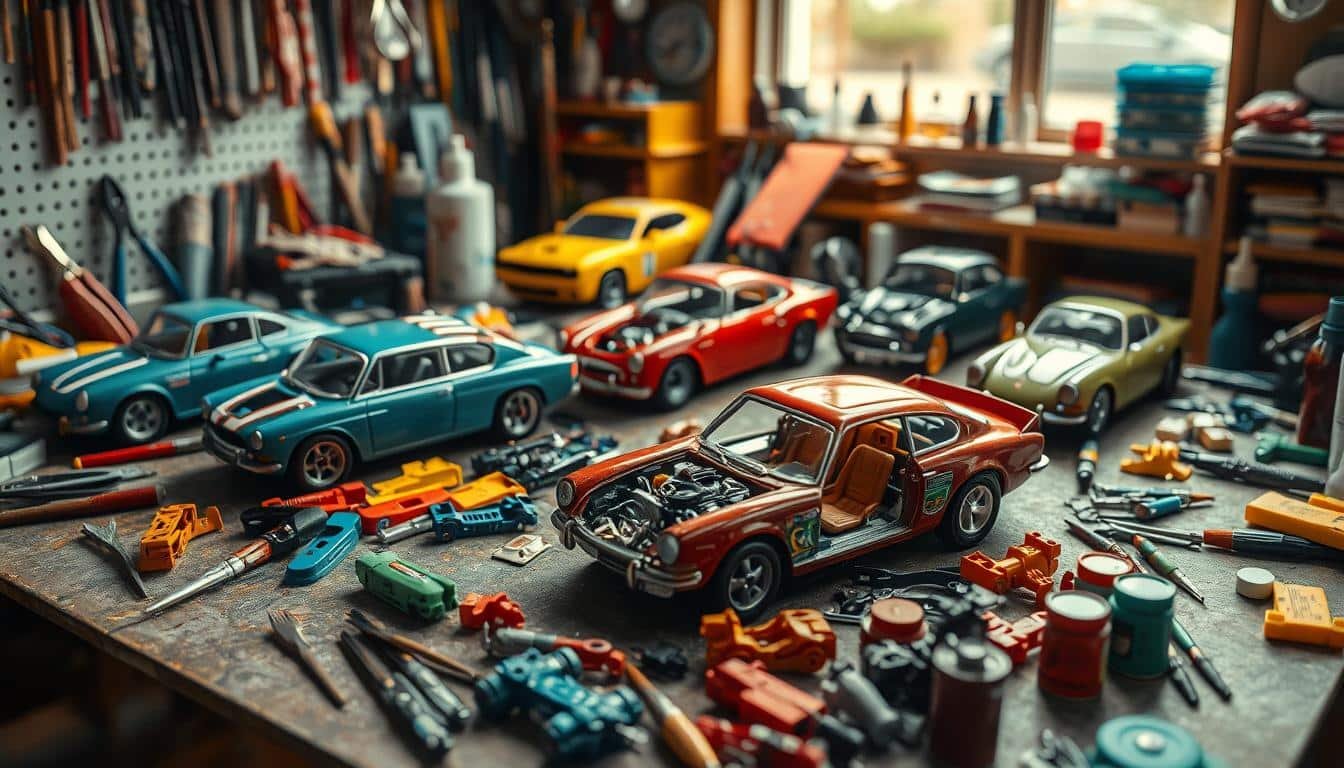
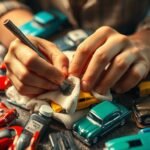
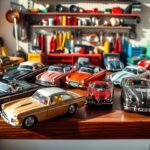


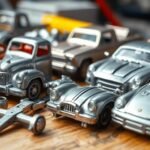
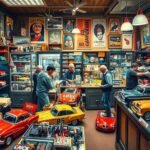
Interesting read, but dont you think a section on painting techniques for diecast cars wouldve added value?
Hey guys, any thoughts on using homemade molds for diecast? Would it affect the precision of the models scales?